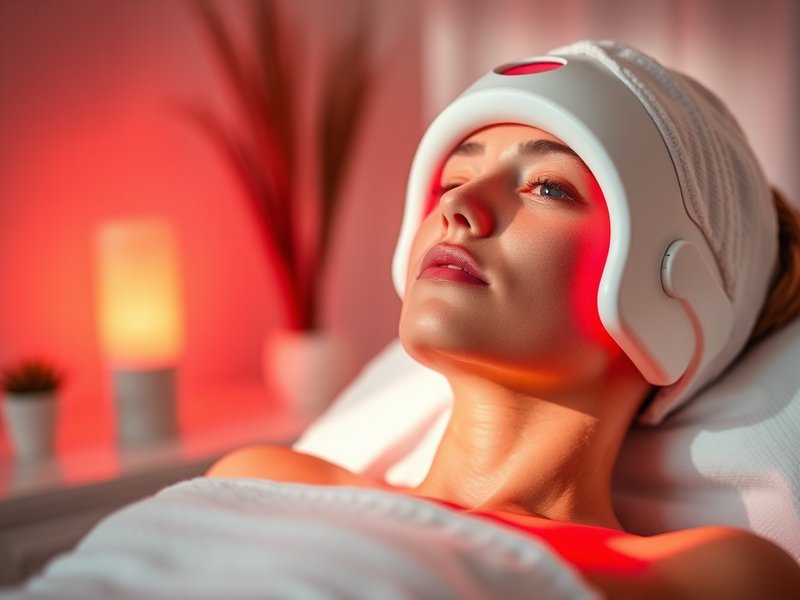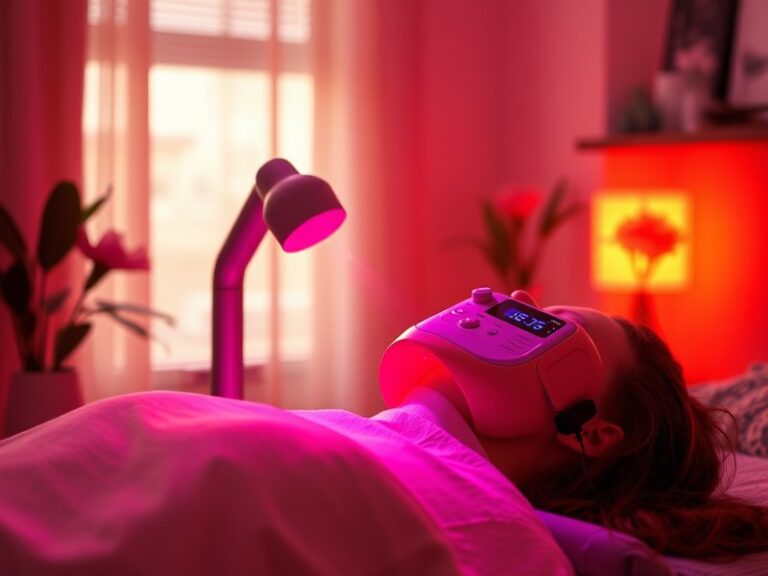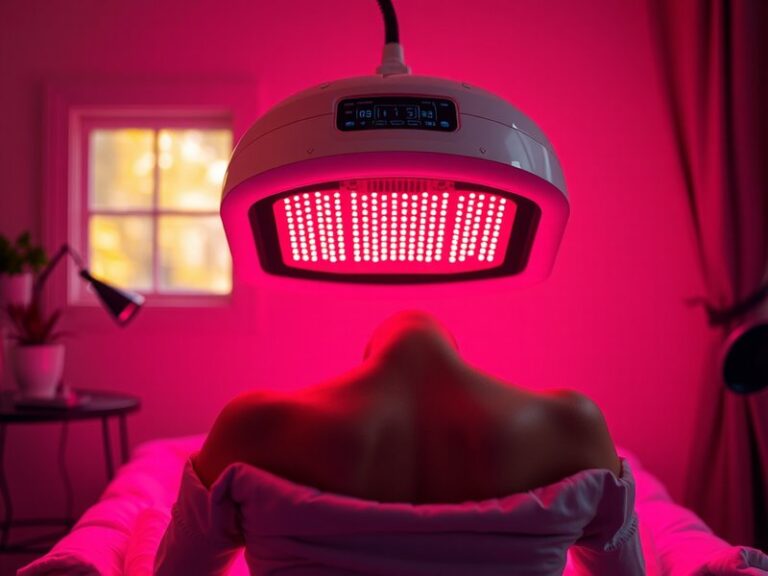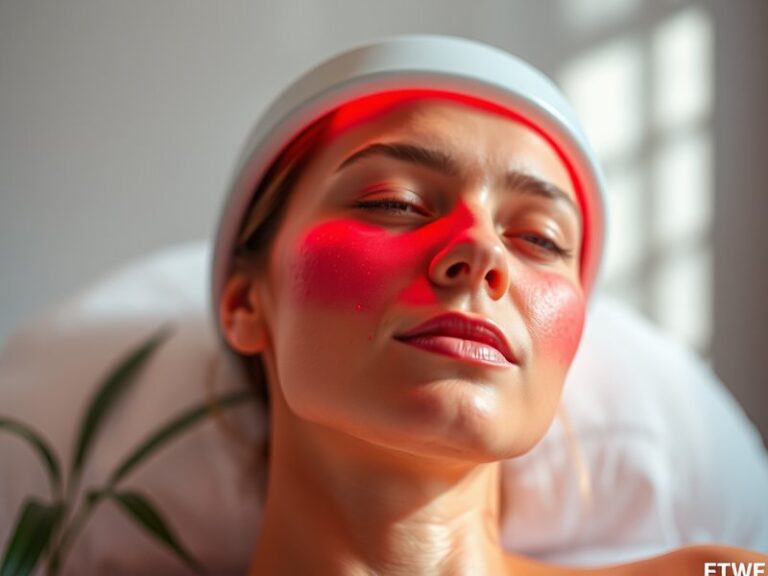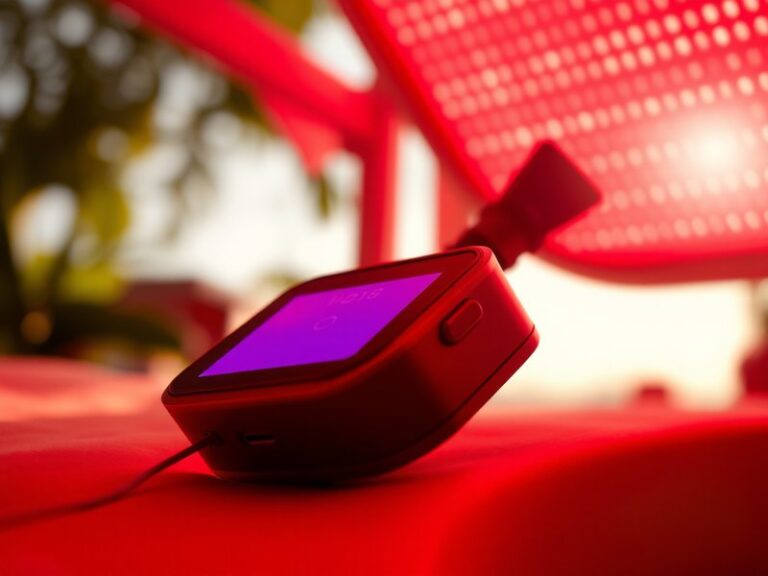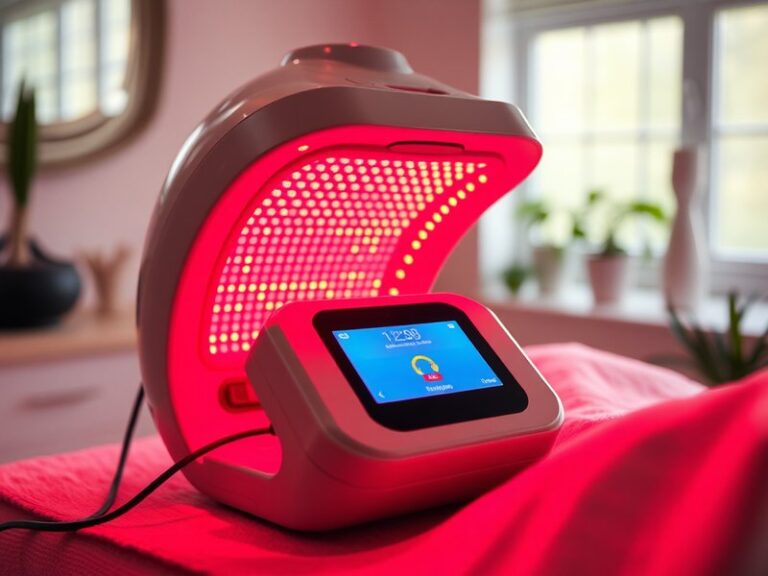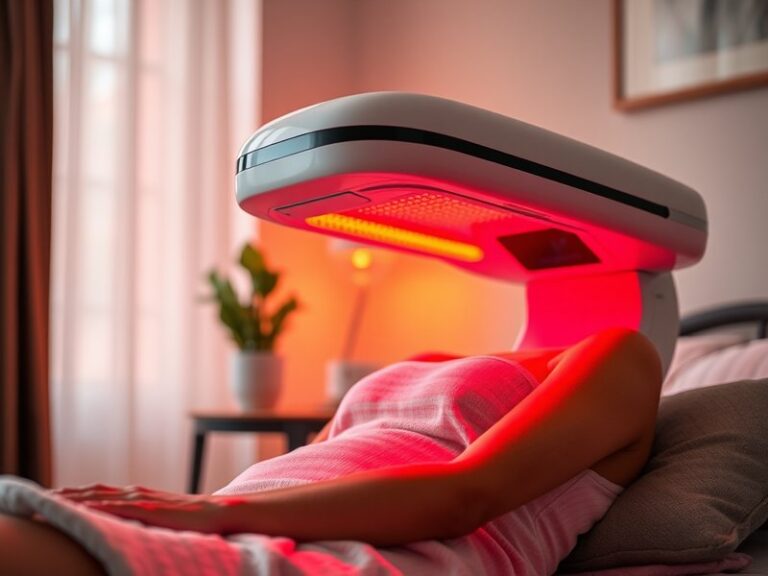Does Red Light Therapy Damage Your Skin?
Does Red Light Therapy Damage Your Skin?
Have you heard the buzz about red light therapy and its various skin benefits? As more people look for effective skin treatments, questions about safety and potential damage arise.
This article will explore whether red light therapy can harm your skin, along with its benefits, considerations for use, and possible alternatives.
Key Takeaways
- Red light therapy is generally considered safe for the skin and may offer several benefits.
- Most studies show no significant adverse effects, but individual experiences may vary.
- Precautions should be taken, especially for those with certain skin conditions.
What is Red Light Therapy?
Red light therapy (RLT) is a non-invasive treatment that uses low-wavelength red light for therapeutic purposes. It aims to improve skin health, reduce inflammation, and heal wounds. RLT is often utilized in clinical settings and at home with various devices, including LED masks, handheld devices, and light panels.
The mechanism behind RLT involves stimulating the mitochondria in skin cells, thus enhancing cellular energy production and encouraging healing processes. This therapy is renowned for its use in treating a variety of skin issues, including acne, scars, and signs of aging.
What are the Benefits of Red Light Therapy?
Red light therapy offers a variety of skin benefits. Let’s examine some of the most significant advantages.
Enhanced Collagen Production
One of the primary benefits of red light therapy is its ability to stimulate collagen production. Collagen is a vital protein that maintains skin’s elastic and youthful appearance. Studies suggest that RLT can help increase collagen levels, effectively reducing wrinkles and fine lines.
Improved Skin Tone and Texture
RLT can help even out skin tone and improve texture, making it beneficial for individuals dealing with pigmentation issues. Regular sessions can lead to smoother skin and a more radiant appearance.
Reduced Inflammation and Acne Scarring
Red light therapy can effectively reduce inflammation and promote healing, making it valuable for individuals with acne and scarring. By encouraging the healing of active lesions and diminishing redness, RLT can help improve overall skin clarity.
Accelerated Wound Healing
RLT is also known for its ability to speed up the healing process for wounds and injuries. Studies have shown that it can enhance tissue repair and minimize scarring, which is advantageous for recovering from skin injuries.
Is it Possible to Damage Your Skin with Red Light Therapy?
Considering its benefits, many may wonder if red light therapy can cause any skin damage. Overall, RLT is regarded as safe when used correctly. Most clinical studies report minimal side effects, typically limited to temporary redness or warmth in the treated area.
However, overexposure or improper use of RLT devices can lead to potential issues, such as sunburn-like symptoms. Individuals are encouraged to follow usage guidelines carefully.
What are the Advantages of Red Light Therapy?
- Non-invasive Treatment: RLT is a painless procedure that does not involve surgery or needles.
- Minimal Side Effects: Compared to many cosmetic treatments, RLT has a low risk profile.
- Convenience: Many RLT devices are available for home use, allowing for flexible treatment options.
What are the Disadvantages of Red Light Therapy?
- Time Commitment: Effective results may require multiple sessions over weeks or months.
- Variable Results: Not everyone experiences the same benefits; efficacy can differ widely among individuals.
- Cost of Equipment: While professional treatments can be expensive, home devices for RLT also require an initial investment.
What are the Things to Consider Before Trying Red Light Therapy?
Before starting red light therapy, several factors should be taken into account to ensure safe and effective use.
Skin Type and Conditions
It’s crucial to consider your skin type and existing conditions. Those with very sensitive skin or certain conditions (like lupus) should consult a dermatologist before starting RLT.
Check out the details in La Tan Red Light Therapy?
Consultation with a Professional
Before beginning, discussing your plans with a healthcare provider or skin specialist can provide tailored advice and help ensure safety.
Device Quality
When selecting home RLT devices, ensure they are from reputable sources and have proven efficacy. Poor-quality devices may yield ineffective or harmful results.
Frequency of Use
Be mindful of how often you plan to utilize RLT. Adhering to recommended usage will help prevent overexposure and potential adverse effects.
What are the Alternatives to Red Light Therapy?
If you’re considering skin treatments, several alternatives to RLT can also offer benefits.
Laser Therapy
Laser treatments can target specific skin issues such as scarring and pigmentation. They work through different mechanisms than RLT but may provide quicker results in some cases.
Chemical Peels
Chemical peels involve applying a solution to exfoliate and improve skin texture and tone. While riskier, they are effective for resurfacing skin.
Microdermabrasion
This technique involves gentle exfoliation to remove dead skin cells and promote renewal. It can enhance skin texture and appearance without the use of light therapy.
Topical Treatments
Creams and serums containing retinoids, peptides, or hyaluronic acid can also provide skin benefits, addressing concerns such as aging or hydrations effectively without light therapy.
Conclusion: Is it Recommended to Use Red Light Therapy?
Red light therapy is widely regarded as a safe and effective skin treatment option with numerous benefits, including collagen production, improved skin tone, and accelerated healing. While it is considered low-risk, individual results may vary, and some precautions should be taken. Consulting a healthcare professional and using reputable devices will help ensure a positive experience.
Frequently Asked Questions
Can I use red light therapy every day?
Repeated sessions per week may be beneficial; however, it’s typically recommended to allow progression and adjust accordingly based on your skin’s response.
Is red light therapy suitable for all skin types?
Most skin types can safely use red light therapy, but individuals with certain skin conditions should obtain professional advice before starting treatment.
How long does it take to see results?
Results can vary; some users may notice improvements within a few weeks, while others may take longer to see significant changes.
Are there any side effects of red light therapy?
The majority of side effects are temporary and mild, such as redness or warmth in the treated area. However, following usage guidelines can mitigate potential risks.
Can I combine red light therapy with other treatments?
Combining RLT with other skin treatments can be effective, but it’s advisable to consult with a skincare professional to avoid any interactions or undesirable effects.
Read the thorough analysis Can Red Light Therapy Cause Skin Cancer?
